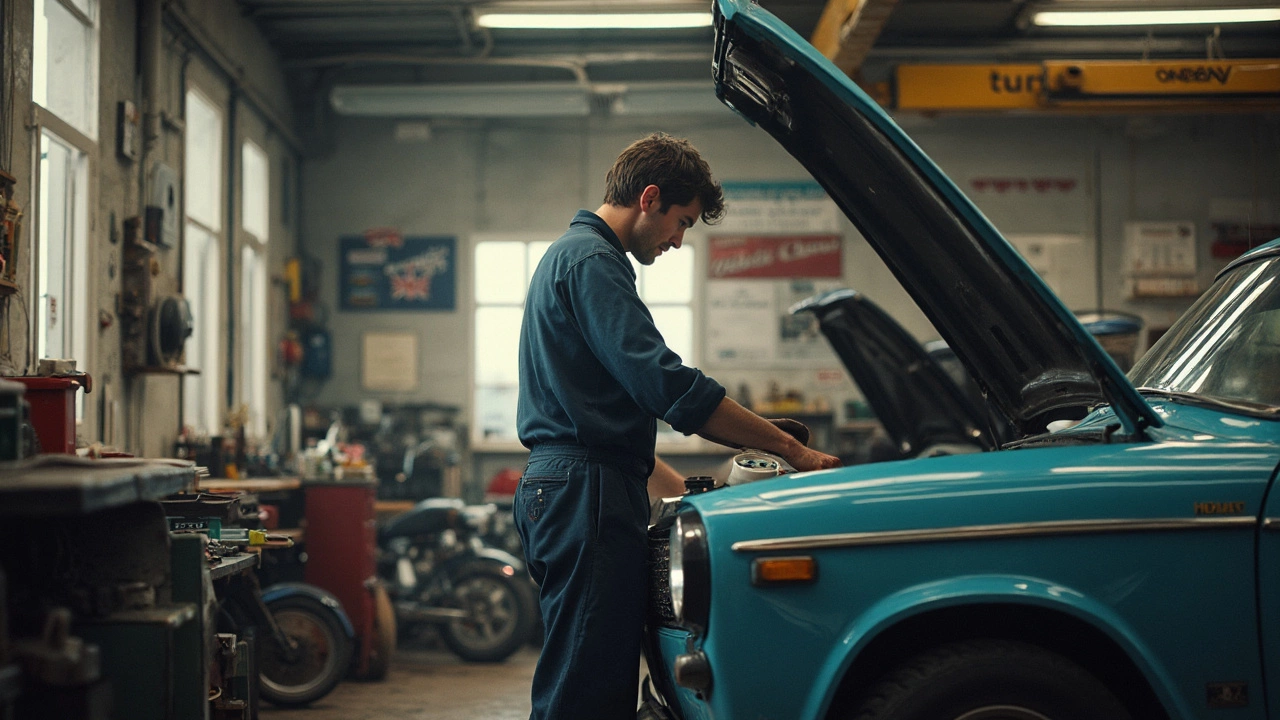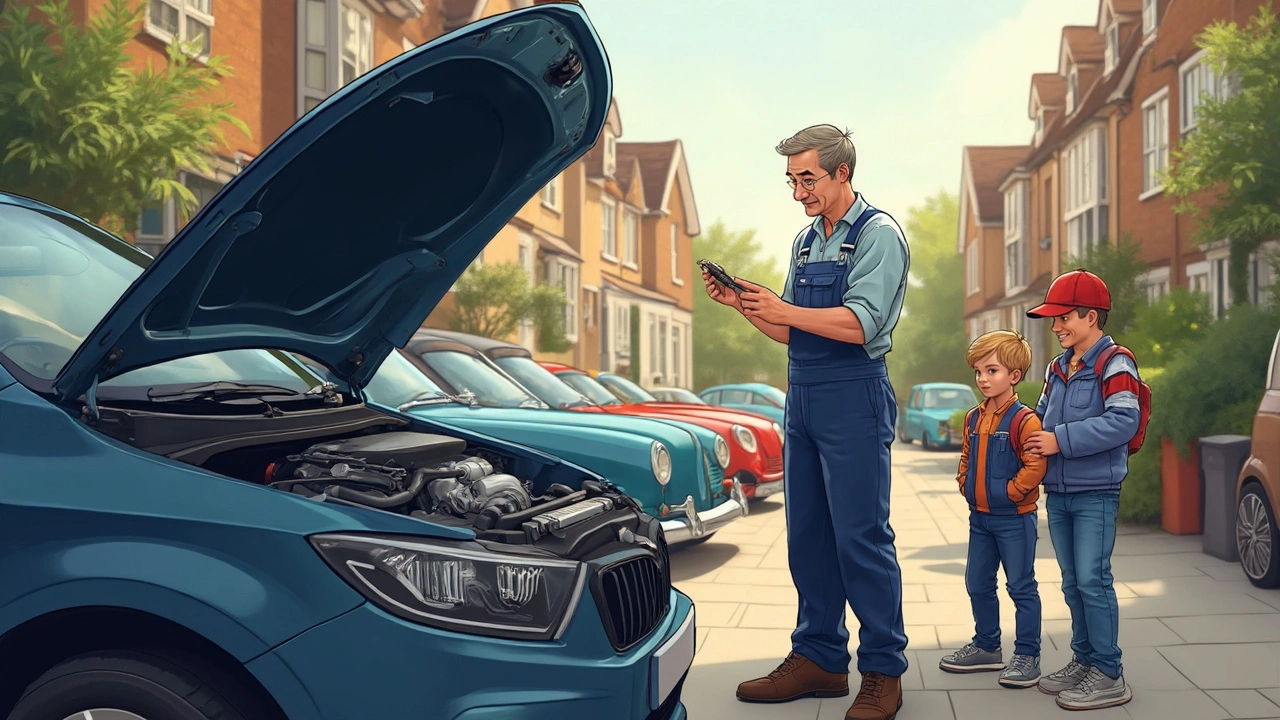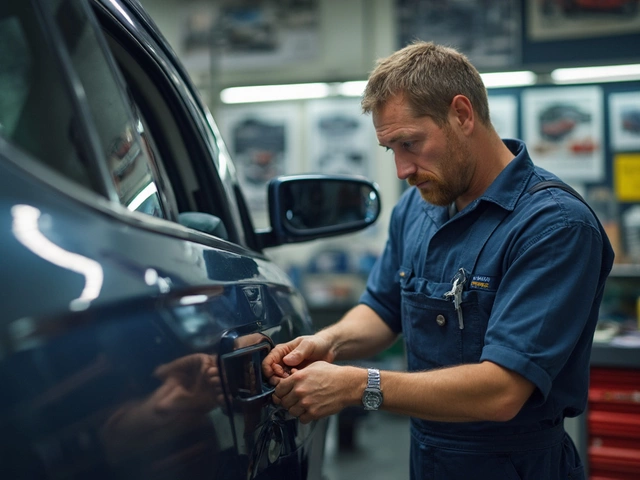Cooling System Guide: Simple Tips to Keep Your Car Running Cool
Ever noticed the temperature gauge creeping up or steam pouring from the hood? That’s your car’s cooling system sending an SOS. The good news? Most problems are easy to spot and fix before they turn into costly repairs.
Know the Key Parts of Your Cooling System
The cooling system is basically a loop of metal and fluid that carries heat away from the engine. The main players are the radiator, coolant (or antifreeze), water pump, thermostat, hoses, and the fan. Each part works together, so if one fails, the whole system can overheat.
The radiator is the heat‑exchanger you see at the front of the car. It takes hot coolant from the engine and releases the heat into the air. A typical car radiator lasts between 80,000 and 150,000 miles, but that range depends on driving habits, coolant quality, and how often you flush the system.
Quick Checks You Can Do at Home
Coolant level. Open the radiator cap only when the engine is cold. Look for the “full” line and top up with the right type of coolant if it’s low. Mixing the wrong coolant can cause corrosion.
Leaks. Walk around the engine and look for puddles or wet spots on hoses and the radiator. A small drip can become a big problem fast.
Hoses. Squeeze each hose gently. If it feels soft, bulging, or cracked, replace it. Soft hoses can burst under pressure.
Thermostat function. If the engine takes longer than usual to warm up, the thermostat might be stuck open, letting coolant flow too quickly and preventing proper heat exchange.
Fan operation. Turn on the AC and watch the electric fan spin. If it doesn’t engage, the fan motor or relay may need attention.
These checks take just a few minutes and can save you a trip to the garage.
When to Call the Pros
If you notice any of these signs, it’s time to get professional help:
- Temperature gauge stays in the red zone even after cooling down.
- Steam or a strong sweet smell (that's coolant) coming from under the hood.
- Coolant looks rusty or has debris floating in it.
- Your car stalls or loses power while climbing hills.
At Northwich Tyres Centre we can pressure‑test your system, flush old coolant, and replace worn parts like the water pump or thermostat. We also offer a free inspection with any tyre service, so you can kill two birds with one visit.
Regular maintenance—checking coolant every 3‑6 months and flushing the system every 30,000 miles—keeps the engine from overheating and extends the life of the radiator. Remember, an overheated engine can warp the head gasket, leading to expensive repairs.Bottom line: keep an eye on the temperature gauge, check coolant levels, and look for leaks. A quick visual inspection each month goes a long way. When in doubt, swing by Northwich Tyres Centre for a fast, friendly check‑up. Your car—and your wallet—will thank you.
 25 May 2025
25 May 2025
How Long Does It Take to Replace a Radiator? Expert Breakdown for Car Owners
Wondering how long a radiator replacement actually takes? This article breaks down the step-by-step process and shares what can make it faster or slower. You'll get tips on whether to tackle it yourself or hire a pro, plus advice on how to spot signs your radiator's on its last legs. Save time and money by knowing what to expect before you pop the hood or visit the shop.
 22 April 2025
22 April 2025
Do Cars Have Radiators Anymore? The Real Story About Modern Cooling Systems
Wondering if cars still have radiators? This article gets straight to the point, showing why most vehicles today—gas, hybrid, and even many electric—still rely on radiators for cooling. Find out how radiator designs have changed, which cars break the mold, and smart ways to keep your car running cool. Learn some surprising facts you probably didn't know about car cooling systems.






0